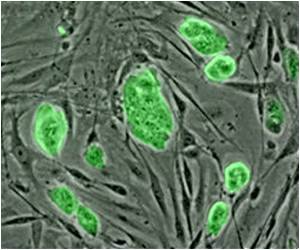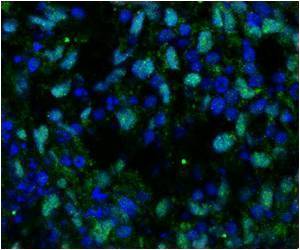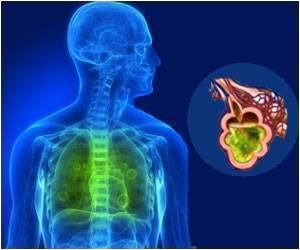At NYU Langone Medical Center, scientists have found a way to boost dramatically the efficiency of the process for turning adult cells into so-called pluripotent stem cells by combining three well-known compounds, including vitamin C.

"This big boost in efficiency gives us an opportunity now to study stem cell programming mechanisms at high resolution," says Matthias Stadtfeld, PhD, assistant professor of cell biology and a member of the Skirball Institute of Biomolecular Medicine and the Helen L. and Martin S. Kimmel Center for Stem Cell Biology at NYU Langone Medical Center, who led the research."This is a very exciting advance," says Ruth Lehmann, PhD, director of the Kimmel Center for Stem Cell Biology and the Skirball Institute at NYU Langone and chair of the Department of Cell Biology. "The new technology developed by the Stadtfeld lab to reprogram differentiated cells efficiently and effectively brings the prospect of stem cell technology for safe use in regenerative medicine ever so much closer."
The standard method for reprogramming skin, blood, or other tissue-specific cell types into "induced pluripotent stem cells" (iPSCs) was reported in 2006 by the laboratory of Kyoto University's Shinya Yamanaka, who later won a Nobel Prize for the achievement. The method involves the artificial expression of four key genes dubbed OKSM (for Oct4, Klf4, Sox2 and myc) whose collective activity slowly prods cells into an immature state much like that of an early embryonic cell. In principle, one could take a sample of cells from a person, induce the cells to become iPSCs, then multiply the iPSCs in a lab dish and stimulate them to mature towards desired adult cell types such as blood, brain or heart—which then could be used to replace injured or diseased tissue in that same individual.
But there are many formidable technical obstacles, among which is the low efficiency of currently used protocols. Converting most cell types into stable iPSCs occurs at rates of 1 percent or less, and the process can take weeks.Researchers throughout the world have been searching for ways to boost this efficiency, and in some cases have reported significant gains. These procedures, however, often alter vital cellular genes, which may cause problems for potential therapies. For the new study, reported online today in Stem Cell Reports, Dr. Stadtfeld and his laboratory team decided to take a less invasive approach and investigate chemical compounds that transiently modulate enzymes that are present in most cells.
"We especially wanted to know if these compounds could be combined to obtain stem cells at high efficiency," Dr. Stadtfeld says.Two of these compounds influence well known signaling pathways, called Wnt and TGF-β, which regulate multiple growth-related processes in cells. The third is vitamin C (also known as ascorbic acid). Best known as a powerful antioxidant, the vitamin was recently discovered to assist in iPSC induction by activating enzymes that remodel chromatin—the spiral scaffold for DNA—to regulate gene expression.Simon Vidal, a graduate student in the Stadtfeld lab, and Bhishma Amlani, a postdoctoral researcher, looked first at mouse skin fibroblasts, the most common cell type used for iPSC research. Adding to fibroblasts engineered to express OKSM either vitamin C, a compound to activate Wnt signaling, or a compound to inhibit TGF-β signaling increased iPSC-induction efficiency weakly to about 1% after a week of cell culture.
Combining any two worked a bit better. But combining all three brought the efficiency to about 80 percent in the same period of time.In another series of experiments the team worked with blood progenitor cells, which usually replace blood cells lost after injury or infection. The OKSM method on its own can slowly convert these cells to stem cells with up to 30 percent efficiency. Using OKSM together with the three compounds brought the efficiency to nearly 100 percent in less than a week. The researchers also achieved nearly 100-percent yield in mouse liver progenitor cells.Dr. Stadtfeld expects that these dramatic increases in conversion rates of adult cells into embryonic-like stem cells will facilitate future studies of the iPSC induction process, simply by making that induction a more predictable event.
Advertisement
Source-Eurekalert













